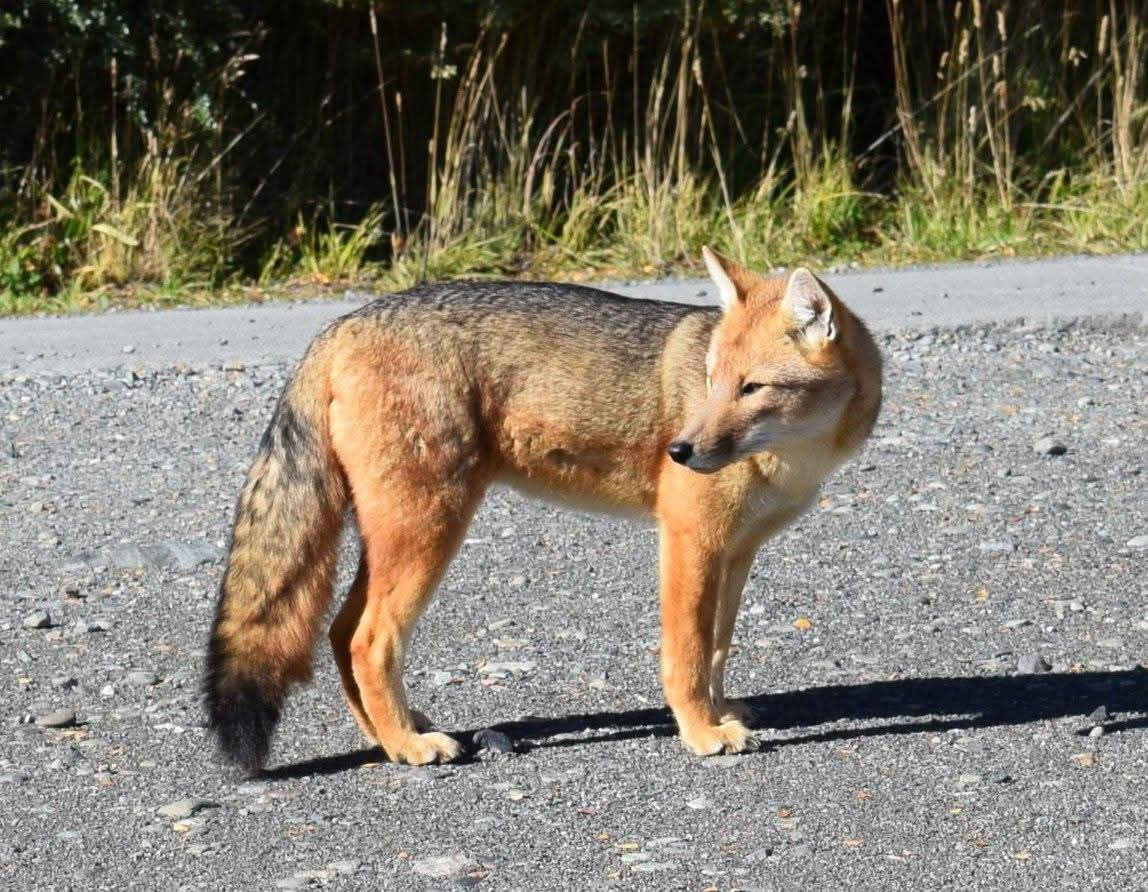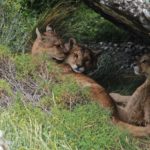
The Culpeo fox (Lycalopex culpaeus), also known as the Andean fox or zorro colorado, is the largest canid native to South America after the maned wolf. With its fiery reddish coat, sharp features, and powerful build, the culpeo commands a presence in the wild landscapes of Argentina and Chile, particularly along the Andes and throughout Patagonia.
Elusive and independent, the culpeo is admired by wildlife watchers for its strength and adaptability.
Where to Spot It
The culpeo’s range is extensive across western South America, including:
- Andean mountain regions, from Colombia to southern Argentina and Chile
- Patagonian steppe and forest zones
- Protected areas such as Torres del Paine, Los Glaciares, and Perito Moreno National Parks
It can be found at altitudes ranging from sea level to over 4,000 meters (13,000 feet). In Patagonia, it often roams open valleys, forested slopes, and windswept plateaus.
Physical Characteristics
This striking fox is larger and stockier than the South American gray fox:
- Body length: 80–110 cm (31–43 in)
- Tail: 30–45 cm (12–18 in), bushy and dark-tipped
- Weight: 5–13 kg (11–29 lbs), depending on region
- Fur: Reddish-gray body with a rusty neck and flanks, and a white belly
- Face: Sharp, triangular ears and amber eyes
Its robust build and thick fur are well-suited for the harsh climates it inhabits.
Behavior and Diet
The culpeo is a solitary and mostly nocturnal or crepuscular hunter, although in colder regions it may be more active during the day. It’s a skilled and opportunistic predator.
Diet includes:
- Rodents and small mammals (main prey)
- Birds and their eggs
- Reptiles and insects
- Carrion
- Occasionally, young livestock, which can lead to conflict with humans
Its hunting prowess and adaptability have earned it a reputation as wily and formidable in the animal kingdom.
Reproduction and Lifespan
- The breeding season occurs in late winter or early spring
- Gestation lasts about 60 days, resulting in 2–5 pups
- Dens are usually made in caves, rock crevices, or hollow logs
- Lifespan in the wild: up to 10 years
Young culpeos learn to hunt with their mother before dispersing to establish their own territory.
Conservation Status
Although globally listed as Least Concern, the culpeo faces local threats:
- Habitat loss due to agriculture and urban development
- Persecution by ranchers due to its predation on sheep
- Poisoning and trapping
In Argentina and Chile, conservation education is helping to reduce conflicts and promote coexistence.
Wildlife tours in Argentina and Chile
The Culpeo fox is a majestic and resilient predator, emblematic of South America’s wilderness. With its fiery coat and stealthy grace, it embodies the spirit of the Andes and Patagonia—untamed, powerful, and deeply rooted in the natural world. Seeing one in the wild is a special reward for those who venture into the continent’s most remote corners.
We’re a local tour operator based in Buenos Aires, which offers custom tours in Patagonia and other regions of Argentina and Chile. We invite you to contact us, and start planning your next incredible journey to South America!
Get inspired by some of our travel ideas, listed below:
Puma Tracking Tour and Orca Watching
Mision Province & Ibera Wetlands
Orca Whale Watching in Patagonia Argentina
Iguazu Falls, Peninsula Valdes and the Wetlands
Where to see Penguins in Patagonia
Peninsula Valdes: Wildlife Tour
0












